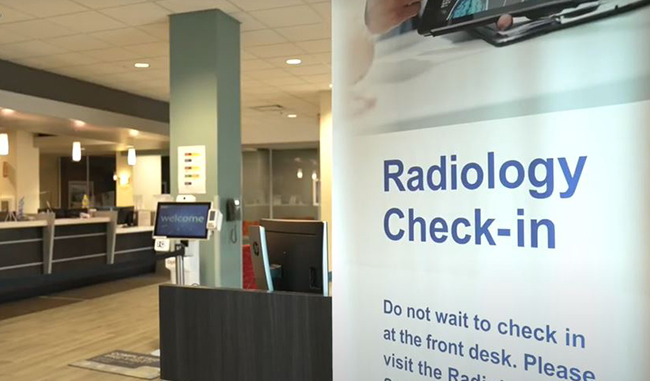
5 Things You Should Know About Mini-Strokes
Knowing the signs of a stroke is incredibly important because it can save lives and help reduce the chances of long-term disability. When a stroke happens, every minute counts. The faster you get help, the better the chances of recovery. This is why it’s crucial to recognize the signs and act quickly.
“When it comes to treating stroke, “time is brain.”” said Dr. David Jaeger, neurologist at Crystal Run Healthcare. “The sooner we can provide care, the better likelihood the patient has for a meaningful recovery. By aligning emergency responders, emergency department staff, radiologists and neurologists to provide prompt and appropriate care, we are seeing ever improving outcomes.”
But what about mini strokes? Here are five things about the mis-named ‘mini-stroke’, and why anyone who suffers from one should still seek medical help immediately.
- Mini-strokes are a misnomer: A mini-stroke, also known as a transient ischemic attack (TIA), is not a minor event. It’s a serious warning sign that a full stroke could happen soon. TIAs are often called "mini-strokes" because the symptoms are similar to those of a stroke, but they usually last for a shorter time and don’t cause permanent damage.
- The cause of a transient ischemic attack (TIA) is the same as an ischemic stroke: TIAs happen when a blood clot temporarily blocks an artery in the brain. The risk of developing a blood clot can be increased by conditions like high blood pressure, high cholesterol, diabetes and heart disease. Lifestyle factors such as smoking, lack of exercise and poor diet can also increase the risk of developing a blood clot.
- Why TIAs are called Warning Strokes: TIAs are called warning strokes because they are a sign that a full stroke may be coming. About 1 in 3 people who have a TIA will have a stroke within a year if they don’t get treatment. Recognizing and treating a TIA may help prevent a stroke.
- Who is at risk for a TIA: People who are older, have a family history of stroke or have certain medical conditions like high blood pressure, diabetes or heart disease are at higher risk for a TIA. Lifestyle factors like smoking, being overweight and not getting enough exercise can also increase your risk.
- Treatments for TIA: Treatment for a TIA focuses on preventing a future stroke. This can include medications to lower blood pressure and cholesterol, and blood thinners to prevent clots. Lifestyle changes can also help prevent stroke, like quitting smoking, eating a healthy diet and exercising regularly. In some cases, surgery may be needed to remove blockages in the arteries that caused the TIA to prevent future stroke.
“In the past, people would say that neurologists would “diagnose and adios” regarding stroke – but those days are long gone!” said Dr. Jaeger. “We can now address every stage of stroke – including prevention, acute treatment and post-stroke care.”
If you or someone you know is showing signs of a TIA or stroke, don’t wait. Call 911 right away. To learn more about stroke prevention and treatment or to discuss your personal risk factors, ask your primary care provider about the benefits of making an appointment with a Crystal Run Healthcare neurologist. Dr. Jaeger and the Neurology team at Crystal Run Healthcare are committed to educating and treating their patients to prevent and manage strokes effectively. Early action is key to effective treatment.
David Alex Jaeger MD, PhD, FAAN, is a board-certified neurologist at Crystal Run Healthcare. He earned his Medical Degree at Mount Sinai School of Medicine in New York, NY. He completed his Internal Medicine Internship at Greenwich Hospital in Greenwich, CT. He completed his Neurology Residency at Yale - New Haven Hospital in New Haven, CT. Dr. Jaeger earned his Fellowship in Movement Disorders at the New York Neurological Institute of Columbia University in New York, NY. He has clinical interests in movement disorders such as Parkinson’s disease. Dr. Jaeger is seeing patients in Monroe, NY.

 Optum Radiology at Crystal Run Healthcare
Optum Radiology at Crystal Run Healthcare Request medical records online
Request medical records online